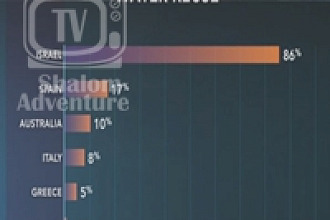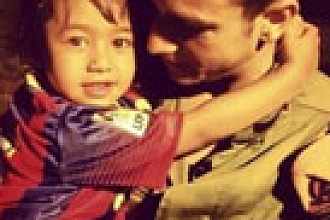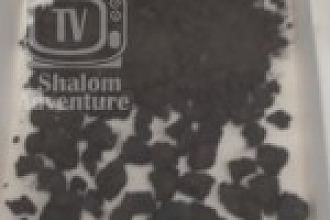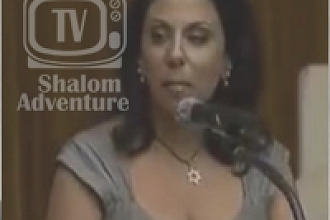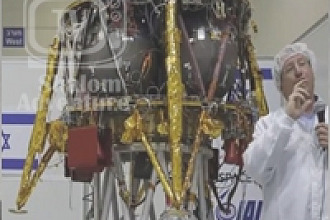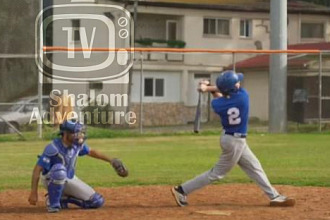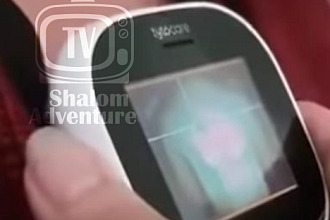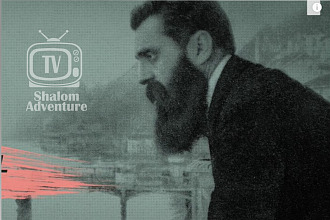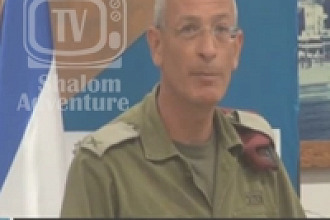This past Friday, August 23, 2019 marked the 90th anniversary of a killing rampage in Hebron, Israel that left 67 Jewish people dead, and many homes and synagogues in ruins on a Shabbat morning.
Prime Minister Netanyahu is expected to visit Hebron in remembrance of the massacre.
“I remember the day of the riots. We were all at home, I, father, mother, grandmother and some neighbors,” one survivor recalled years later per the Jerusalem Post. “Muslims suddenly began knocking at the doors, broke one down and beat at another with iron bars. The room suddenly was filled with Muslims, but I recognized only Ismael. He had a knife in his hand. With this he stabbed my father. I saw it. I know Ismael from before.”
In the summer of 1929, there was unrest between Palestineans and Jewish immigrants moving into the area. Just a day before, three Jews and an Arab were killed during a dispute that broke out during a Muslim prayer on the Temple Mount which fueled rumors of Jewish aggression toward the Arabs. There were some other attempts in the days and weeks previously to establish peaceful Jewish access to the Western Wall for purposes of prayer, but this particular event was a flashpoint soon to boil over.
Though a population of primarily Sephardi Jews had lived peacefully in the Hebron area for centuries among a local Arab population, the religious and ethnic tensions in Jerusalem the day before spilled over into Hebron, resulting in the deaths of these Jewish people. Arab students threw rocks, and others used clubs, axes, and knives as Jewish homes were pillaged and destroyed. Jews in the Old City and various villages throughout Israel were targeted, but Hebron was afflicted most.
“The simple-worded testimony of thirteen-year-old Judith Reizman, of how she saw her father, mother and uncle pursued by a mob of howling... brandishing knives and daggers, later finding the bodies in the gutters, produced a dramatic atmosphere in the Hebron court,” the Jerusalem Post noted from the original trials after the massacre.
“When the Reizman girl had told her story in the breathless silence of the courtroom, the judge asked her if she could identify anyone... she calmly walked up to Ibrahim Abd El Assiz, a young Hebron merchant, her father’s next door neighbor, saying, ‘Yes, Ibrahim was nearest my father with a knife uplifted when the mob overtook my father.’ Then addressing the Arab, who hung his head in shame, the girl asked him in the kindest voice imaginable, ‘Ibrahim, how could you?’” The article later described Hebron as “commercially a dead city. Merchants’ stalls are heaped high with unsold fruit and vegetables...”
Some Arabs did shelter their Jewish friends and neighbors, hiding them in cellars. Other Arab families hid Jews in their butcher shops and sheltered the Jewish people in their homes fending off those who wished harm.
Picture originally found here









